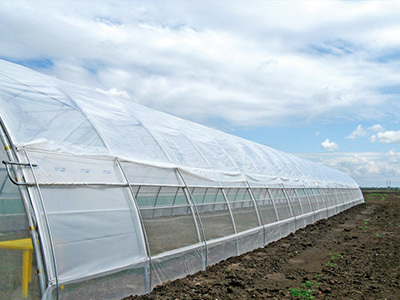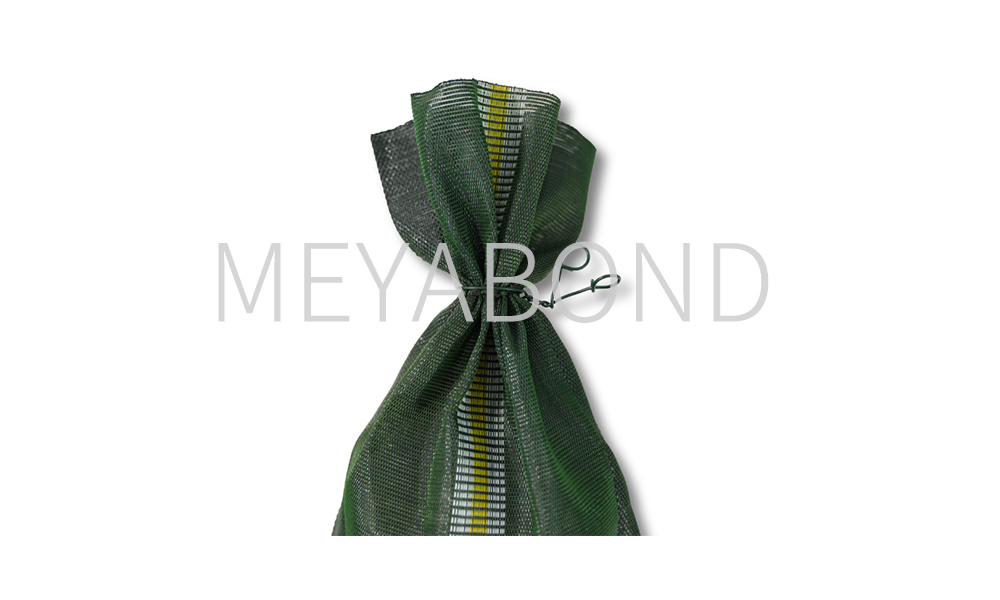Why Bird Nets Are a Game Changer for Orchard Agriculture Success
Why Bird Nets Are a Game Changer for Orchard Agriculture Success
In the realm of orchard agriculture, success hinges on several factors, including soil quality, climate, and pest control. One often overlooked yet critical aspect is the protection of crops from birds. Bird damage can devastate orchard yields, leading to significant financial losses. This is where **bird nets** emerge as a transformative solution, redefining how orchardists approach crop protection. In this article, we will delve deep into the benefits of bird netting, its implementation, and why it is a game changer for orchard agriculture.
Understanding the Importance of Crop Protection in Orchards
Crop protection forms the backbone of successful orchard management. Birds, attracted to ripe fruit, can cause extensive damage, often leading to a decrease in both quality and quantity of the harvest. This destruction can have a ripple effect on profitability and sustainability in the agricultural sector.
The Economic Impact of Bird Damage
The financial repercussions of bird infestations can be staggering. According to various studies, birds can consume or spoil up to 20% of fruit crops in certain regions, translating to thousands of dollars in losses for orchardists. Understanding these dynamics highlights the critical need for effective protection measures, such as bird nets.
Why Choose Bird Nets Over Other Methods?
While there are several methods to deter birds, including scare tactics and chemical repellents, many of these solutions are temporary and often ineffective. Bird nets provide a robust and lasting defense against feathered pests.
Types of Bird Nets for Orchard Protection
Not all bird nets are created equal. Selecting the right type of bird netting is essential for maximizing effectiveness. Here, we explore the various types of bird nets available for orchard agriculture.
1. Knotted Bird Nets
Knotted bird nets are popular due to their strength and durability. Made from high-density polyethylene, these nets are resistant to UV rays and harsh weather conditions. They create an effective barrier against birds while allowing for light and moisture to enter, essential for healthy fruit growth.
2. Knotless Bird Nets
Knotless nets offer a different advantage, as they reduce the risk of bird entanglement. These nets are often lighter and easier to handle, making installation and removal simpler. They are particularly useful in orchards that require frequent maintenance.
3. Heavy-Duty Bird Nets
For orchards in areas with significant bird populations, heavy-duty bird nets provide an extra layer of protection. These nets feature thicker strands and additional reinforcement, ensuring they withstand the most determined avian intruders.
4. Customizable Bird Nets
Some manufacturers offer customizable bird nets tailored to specific orchard needs. This option allows orchardists to choose netting size, color, and material, ensuring optimal protection.
Benefits of Using Bird Nets in Orchard Agriculture
Implementing bird nets in orchards presents a myriad of benefits, making them an indispensable tool for modern agriculture.
1. Enhanced Crop Yield and Quality
By effectively deterring birds, nets protect fruits from pecking, contamination, and spoilage. This protection leads to higher yields and improved fruit quality, critical for achieving premium market prices.
2. Cost-Effectiveness
Investing in bird nets translates to long-term savings. The prevention of crop loss reduces the need for replanting and lowers overall production costs. Additionally, healthier crops can lead to increased revenue.
3. Environmental Sustainability
Bird nets are eco-friendly solutions compared to chemical deterrents. They provide a physical barrier without harming wildlife, aligning with sustainable farming practices that promote biodiversity.
4. Labor Efficiency
Once installed, bird nets require minimal maintenance. This efficiency saves time and labor costs, allowing orchardists to focus on other essential tasks.
5. Versatility in Application
Bird nets are not limited to fruit orchards; they can be used in various agricultural settings, including vineyards and vegetable gardens. This versatility makes them a valuable asset across different farming operations.
Implementing Bird Netting in Your Orchard
Installing bird nets may seem daunting, but with careful planning, it can be a straightforward process. Here’s a step-by-step guide to help you navigate the implementation.
Step 1: Assess Your Orchard
Begin by evaluating your orchard’s unique needs. Consider factors such as the type of fruit, local bird populations, and the layout of your orchard. This assessment will guide your choice of netting type and installation method.
Step 2: Select the Right Netting
Based on your assessment, choose the appropriate bird net that best suits your orchard. Consider factors such as mesh size, durability, and ease of installation.
Step 3: Prepare the Orchard
Before installing the net, clear the area of any debris or obstacles that may hinder the process. Ensure that trees are pruned to allow for easy access and net placement.
Step 4: Install the Bird Net
Follow the manufacturer’s instructions for installation. Generally, nets are secured using poles or stakes that create a supportive structure. Ensure that the net is taut and free from gaps to prevent birds from entering.
Step 5: Monitor and Maintain
Regularly check the nets for damage or wear. Prompt repairs are crucial for maintaining effectiveness. Seasonal adjustments may also be necessary to accommodate tree growth or changes in bird activity.
Common Misconceptions About Bird Netting
Despite the advantages of bird nets, several misconceptions persist. Addressing these can help orchardists make informed decisions.
1. Bird Nets Are Too Expensive
While the initial investment may seem high, the long-term savings and increased yields often outweigh the costs. Moreover, various options are available to fit different budgets.
2. Bird Nets Are Difficult to Install
With proper planning and the right tools, bird net installation can be straightforward. Many manufacturers provide detailed installation guides and customer support.
3. Bird Nets Harm Other Wildlife
When installed correctly, bird nets primarily target birds without posing a threat to other wildlife. It’s essential to choose the right mesh size to minimize unintended consequences.
Frequently Asked Questions (FAQs)
1. How do I choose the right size of bird netting for my orchard?
Selecting the correct size depends on the type of fruit and the anticipated bird species. Generally, a mesh size of 3/4 inch is effective for most fruit crops.
2. Can bird nets be reused annually?
Yes, high-quality bird nets can be reused for several seasons with proper care and maintenance.
3. How do I store bird nets during the off-season?
Clean the nets before storage and keep them in a dry, cool place to prevent degradation.
4. Will bird nets affect pollination?
Bird nets are designed to allow beneficial insects to pass through, ensuring that pollination remains unaffected.
5. What is the lifespan of bird nets?
The lifespan varies based on the material and environmental factors, but high-quality nets can last anywhere from 5 to 10 years.
Conclusion
In summary, bird nets represent a significant advancement in orchard agriculture, offering unparalleled protection against avian threats. By investing in bird netting systems, orchardists can enjoy enhanced crop yields, improved quality, and increased profitability while adhering to sustainable farming practices. As the agricultural landscape continues to evolve, embracing innovative solutions like bird nets will be crucial for success in the competitive world of orchard management. Implementing these nets not only safeguards crops but also fosters a more sustainable and efficient agricultural future.
Key words:
Related News
CONTACT US
Email: sales8@meyabond.com
Tel: +8618911966213
No.3 Yard, ZhongHe Road, 100071,FengTai District, Beijing, China
Email: sales6@meyabond.com
Tel: +8618911963856
No.3 Yard, ZhongHe Road, 100071,FengTai District, Beijing, China
















